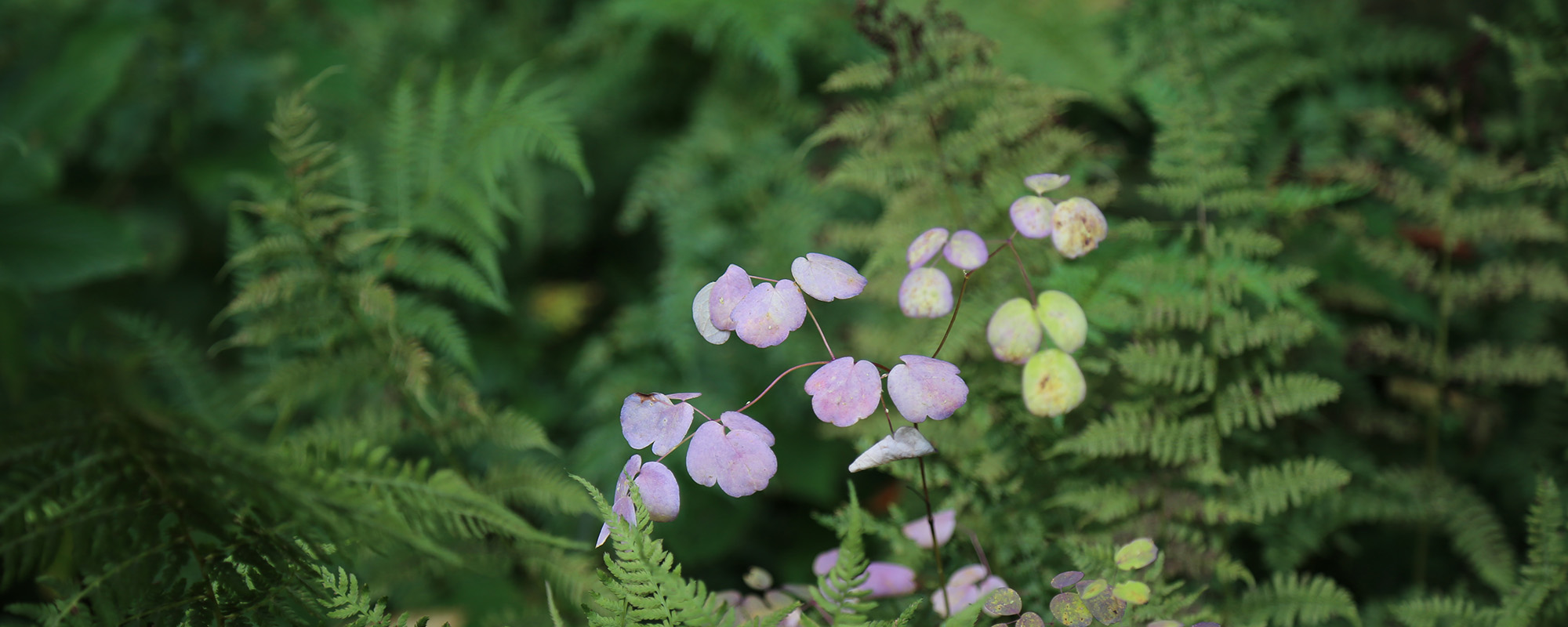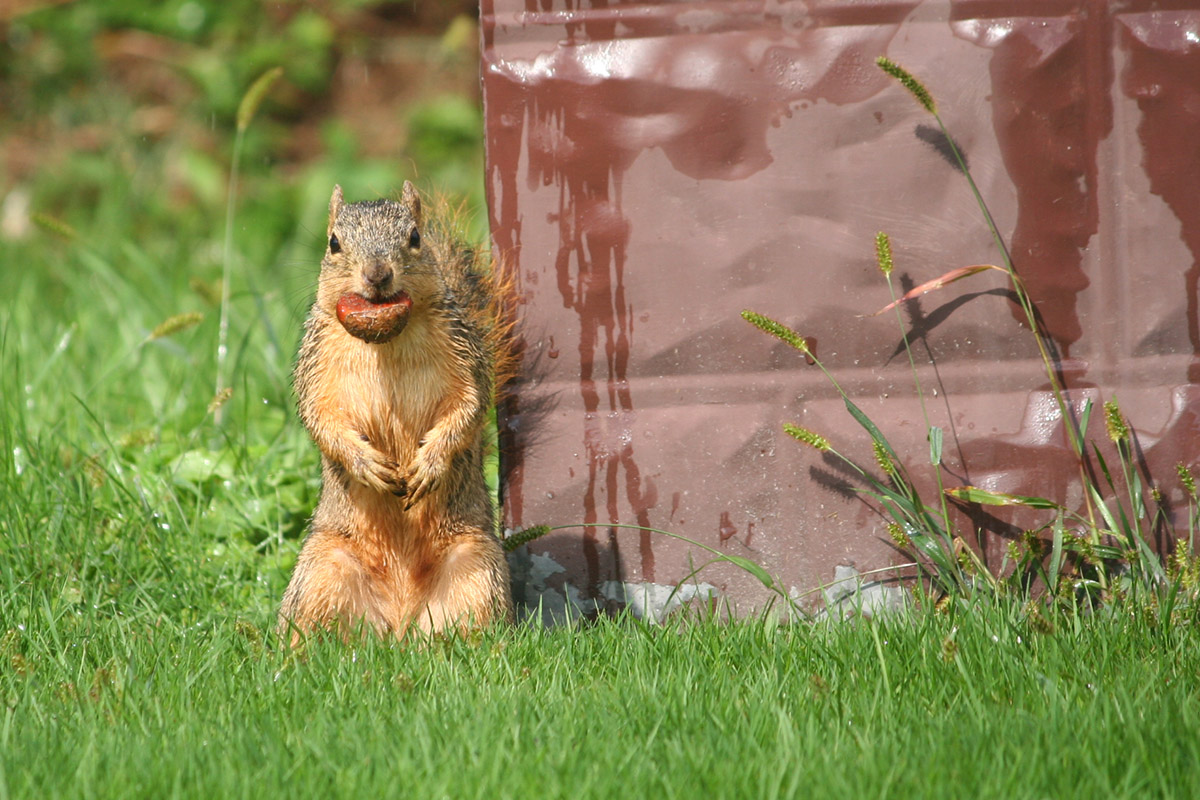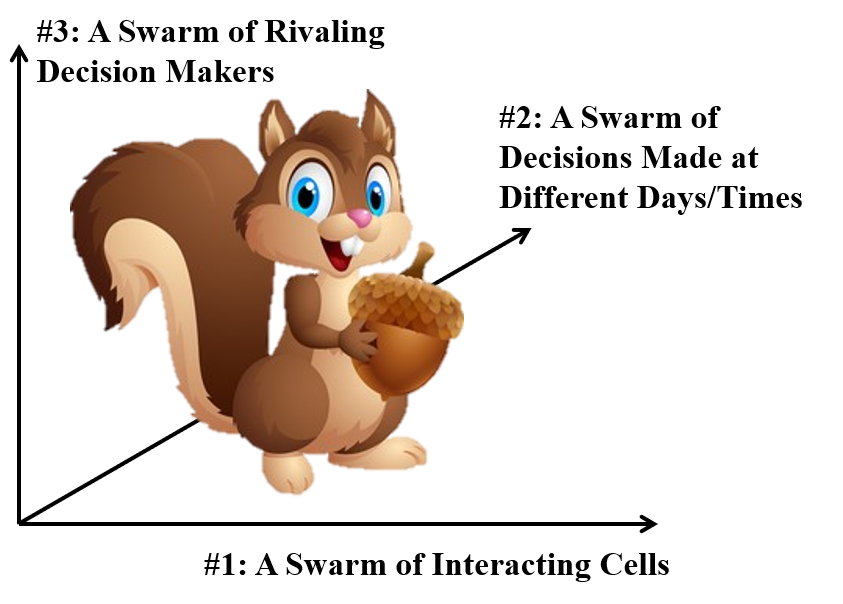Lately I’ve been looking at things a bit differently. Instead of seeing the big picture, I started to notice the trees in a forest…
Take this happy squirrel for an example, many of us see it as an autonomous, smart, and cute creature, capable of doing things we hope our robots can do. If we were to copy the design of a squirrel build a squirrel-inspired robot, we would put together a design with similar biomechanics and program it to mimic the observed squirrel behaviors. If this doesn’t work, we may blame it on not having good/similar materials or actuators, or not having good enough models of a squirrel’s body and mind.
This is a top-down way of copying nature’s designs, but we can look from the opposite direction as well. A squirrel is made of billions of cells and the interaction of these cells shapes almost everything a squirrel does, theoretical speaking. Maybe a squirrel is not a good example here as it’s too complicated for us to understand its behaviors from a bottom-up perspective. If we look at plants instead, a quick YouTube search would lead to many cool time lapse videos of growing vines and roots and it would be hard to argue that these are not intelligent creatures making their own decisions. These high-level behaviors emerged from the local interactions of numerous cells. Trying to copy the behaviors without going through the bottom-up process (i.e., swarm #1) may not always be fruitful. I think people making animated movies understood this a long time ago. It’s like drawing clouds, snowflakes, and shadows by the hands of artists vs. using a physics engine.
Even if we don’t look at a squirrel from the cellular level, we can still see one as multiples. Have you watched the movie Groundhog Day? In the movie, every day is the same day, …, for everyone else, but not for the main character, Phil. For a squirrel, everyday is a new day, …, but more or less like the previous days. A squirrel could try different strategies each day, or copy a previous one and make adjustment based on lessons learned. In that sense, a month for a squirrel may be considered as a swarm (#2) of 30 interacting squirrels, each with a one-day experience.
Now, at a particular time, when a squirrel needs to make a particular decision (e.g., where to go for foraging?), could the decision also be made by a swarm instead of relying on a single decision-maker in the squirrel’s mind? It’s possible. There may be many rivaling thoughts (swarm #3, with some thoughts maybe coming from swarm #2) and the one that wins out at a moment would take the control of the squirrel body. At a different time, another opinion may prevail. This is like having several drivers fighting for the control of a bus, or political parties competing for influence of a country. Chaotic, maybe, but not without its merit.
So, can we make a swarm of one robot? I think so. We may actually be able to make three (or more) swarms out of one robot!
Squirrel drawing credit: Shuttlrstock.com 228696961



